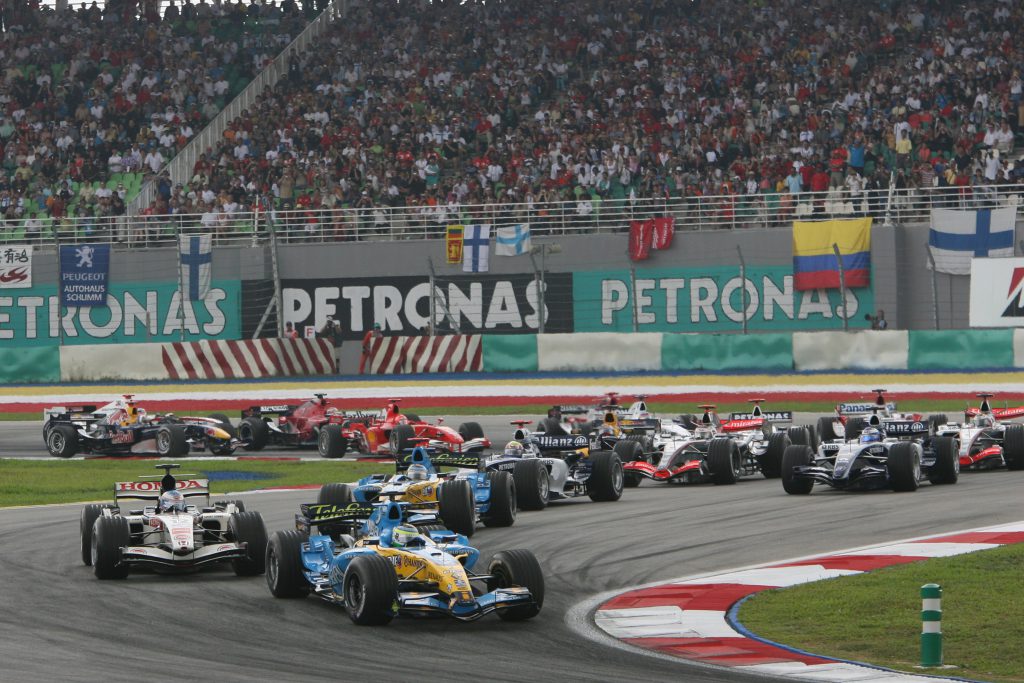Up Next

Since the inception of the Formula 1 world championship in 1950, only Great Britain has provided more drivers to the series than Italy. In those early days, the Italians were very much to the fore, with Alfa Romeo and Ferrari producing the dominant cars and two of the first three world champions hailing from the land of Monza and the Mile Miglia.
But those halcyon moments were short-lived and there hasn’t been an Italian world champion driver since 1953, indeed, it’s been 14 years since the Tricolore flew at the top of a podium. More on that one later.
Sadly, this represents the longest gap between Italian drivers winning races and it’s highly unlikely that Antonio Giovinazzi will end that streak this weekend to become the 16th Italian to win a world championship grand prix. But, here, in descending order we have ranked his 15 race-winning countrymen in order of the best.
15. Giancarlo Baghetti
In a classic episode of Viz’s Billy the Fish comic strip many years ago, Fulchester United manager Tommy Brown made an audacious swoop for Mick Hucknall. The Simply Red front man’s playing career kicked off with him scoring a long-range belter with his first touch. Then, “in a sad parallel of his music career” with every subsequent touch he got worse and worse until he was barely able to stand, let alone play football.
It’s a harsh metaphor for Baghetti’s F1 career, but after taking two non-championship wins in his first two F1 drives, he pulled off the most improbable of feats by winning on his full F1 debut! After that, despite promotion to the works Ferrari team, Baghetti would never again win a world championship round, indeed, he never qualified higher than sixth (his only top 10 start) nor finished higher than fourth.
Truly the 1961 French GP was his Holding Back the Years moment.
14. Piero Taruffi
Taruffi was a very handy sportscar driver who upheld Ferrari’s honour in the 1952 Swiss GP when team leader Alberto Ascari was over in the States attempting to win the Indianapolis 500. Taruffi claimed two further podiums that year on his way to third in the championship.
But in reality, he was some way off the pace of Ascari or Giuseppe Farina, and also struggled to match Juan Manuel Fangio and Stirling Moss when Taruffi made a couple of appearances for Mercedes in 1955.
13. Luigi Fagioli
If this list took into account the pre-war grandes epreuves then ‘The Abruzzo Robber’ would be ranked a lot higher. He was a true great of that era, and despite being 52 by the time the world championship was founded, he could still hold his own.
He entered just seven world championship F1 races, winning one (sharing with Fangio in the 1951 French GP) and finished on the podium five more times. He was 53 when he won that race, a record that even Lewis Hamilton will find hard to break.
12. Luigi Musso
Musso’s sole win was a shared drive of the sort that would surely send the ‘cancel culture’ Twitteratti into apoplexy these days. The 1956 Argentine GP was his first race for Ferrari and he’d briefly led at the start, but was running fourth when he was ordered to hand his car over to team-mate Juan Manual Fangio, who battled to the front and victory.
Alongside Mike Hawthorn and Peter Collins, Musso was part of Ferrari’s talented but tragic 1958 line-up. Musso, a renowned risk-taker, took a risk too far at Reims that year which ended in his tragic death.
11. Vittorio Brambilla
‘The Monza Gorilla’ was a great character in many people’s favourite era of the sport. Despite his reputation for crashing – which was justified – Brambilla was also capable of being very quick.
In the March 751 of 1975 in particular, he hit a purple patch, taking pole in Sweden, regularly qualifying in the top 6 and winning (and spinning) in the Austrian GP. He was the pick the bunch of the Surtees drivers following a switch in 1977, but the car was a midfield runner.
After recovering from the severe head injuries he sustained in the opening lap crash of the 1978 Italian GP, he raced for his beloved Alfa Romeo before retiring at the end of 1980. He then established a book and memorabilia shop in Monza that became a must-visit for true race fans.
10. Ludovico Scarfiotti
Amazingly, Scarfiotti is the last Italian to win the Italian GP, having triumphed for Ferrari in the 1966 event, although he was more renowned as a sportscar ace.
After claiming Sebring and Le Mans honours for the Scuderia, he was given an F1 chance, but a broken leg put pay to that. John Surtees’ abrupt defection mid-1966 created a second chance, which he took with both hands to pip team-mate Mike Parkes to victory in Monza.
A falling out with the Old Man (who was also his uncle) brought his Ferrari career to a halt before he was killed during the Rossfeld Hillclimb a year later.
9. Alessandro Nannini
Nannini’s sole F1 win was an unsatisfactory one, coming after Ayrton Senna was harshly penalised for cutting the track following his clash with Alain Prost in the 1989 Japanese GP. But Nannini’s performances at Benetton during a three-year stretch from 1988-90 had warranted a win at some point.
Having seen off stablemates at Minardi, Nannini matched up well against Thierry Boutsen in his first season at Benetton, although the Belgian was the more consistent performer. In his second season Nannini comfortably out-paced the barely-fit Johnny Herbert and his replacement Emmanuele Pirro.
The arrival of Nelson Piquet for 1990 initially had Nannini on the back foot, but he raised his game mid-season. These performances had him linked with a Ferrari drive for 1991, and he’d just celebrated a podium in the Spanish GP when he suffered terrible injuries in a helicopter accident.
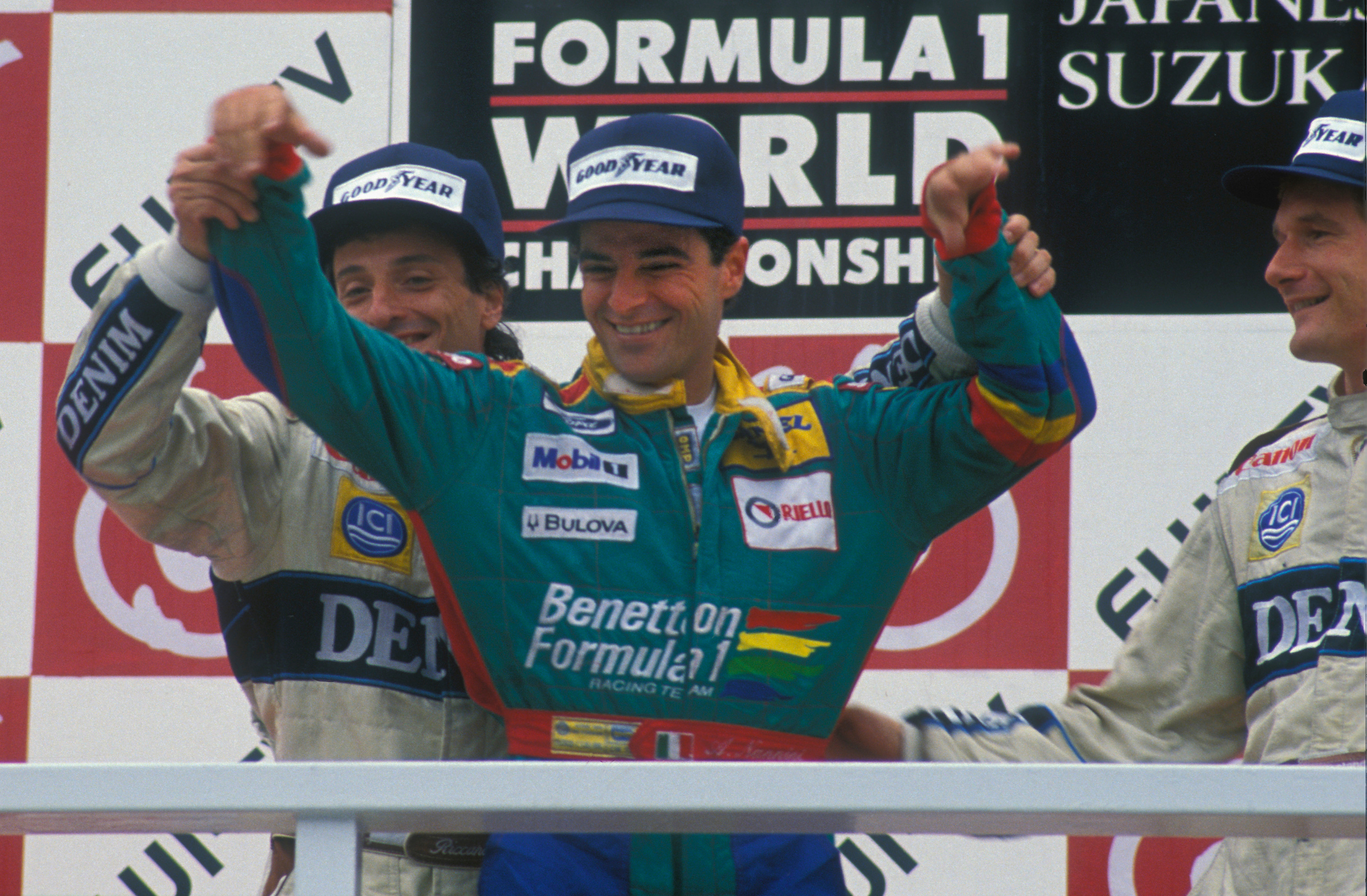
8. Lorenzo Bandini
Like Baghetti and Scarfiotti, Bandini found himself cast as the great Italian hope at Ferrari at a time when the team was in one of its most turbulent periods. Having initially missed out on the drive to Baghetti, he served notice of his potential with a fine third in the 1962 Monaco GP, a track he would have a strong – and tragic – affinity too.
He was very much number two to John Surtees as the Brit set about his unique bike/car world championship double, but when Big John quit the team in mid-66, Bandini stepped up to team leader.
His harrowing death at Monaco in 1967 was instrumental in the move from straw bales to metal crash barriers as Formula 1 started to come to terms with driver safety.
7. Giancarlo Fisichella
The last Italian to win an F1 race looked like a superstar in midfield equipment but was a midfielder in superstar equipment. Putting one over on Pedro Lamy at Minardi in 1996 earned him a place at Jordan for the following year, where he and Ralf Schumacher were very evenly matched, despite their vastly differing styles.
At Benetton, he had the better of Alex Wurz and then the highly-rated Jenson Button. But the car was gradually working its way down the grid and he returned to Jordan where he scored an improbable win in the 2003 Brazilian GP, taking victory in arguably the worst car ever to win a GP.
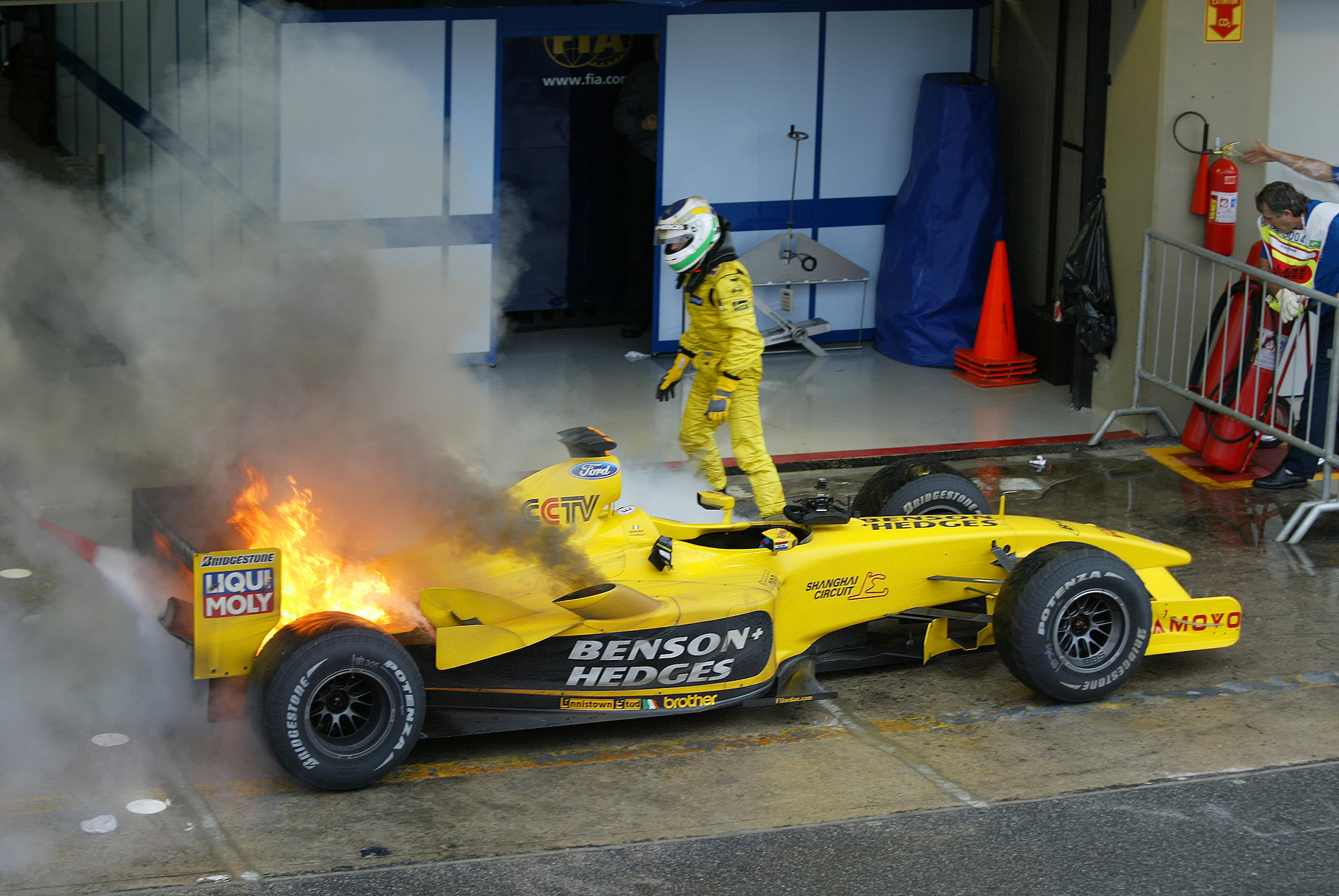
A seat alongside Fernando Alonso at Renault resulted in victory first time out in Australia in 2005, but he seldom troubled his title-winning team-mate over two seasons. He did add a victory in Malaysia in 2006.
Afterwards, he carried on producing giant-killing heroics for Force India before a romantic, if underwhelming, coda with Ferrari.
6. Jarno Trulli
According to the recent AWS algorithm, Trulli is the ninth fastest F1 driver of all time*. While even his most ardent fans would struggle to justify that ranking, there’s no doubt that over one lap, Trulli could be very rapid indeed.
After a solid start with Minardi in 1997, he sprung to prominence when he replaced the injured Olivier Panis at Prost and qualified third in Austria. His reputation as an arch qualifier increased following a move to Jordan, and then to Renault, where he was partnered with Fernando Alonso.
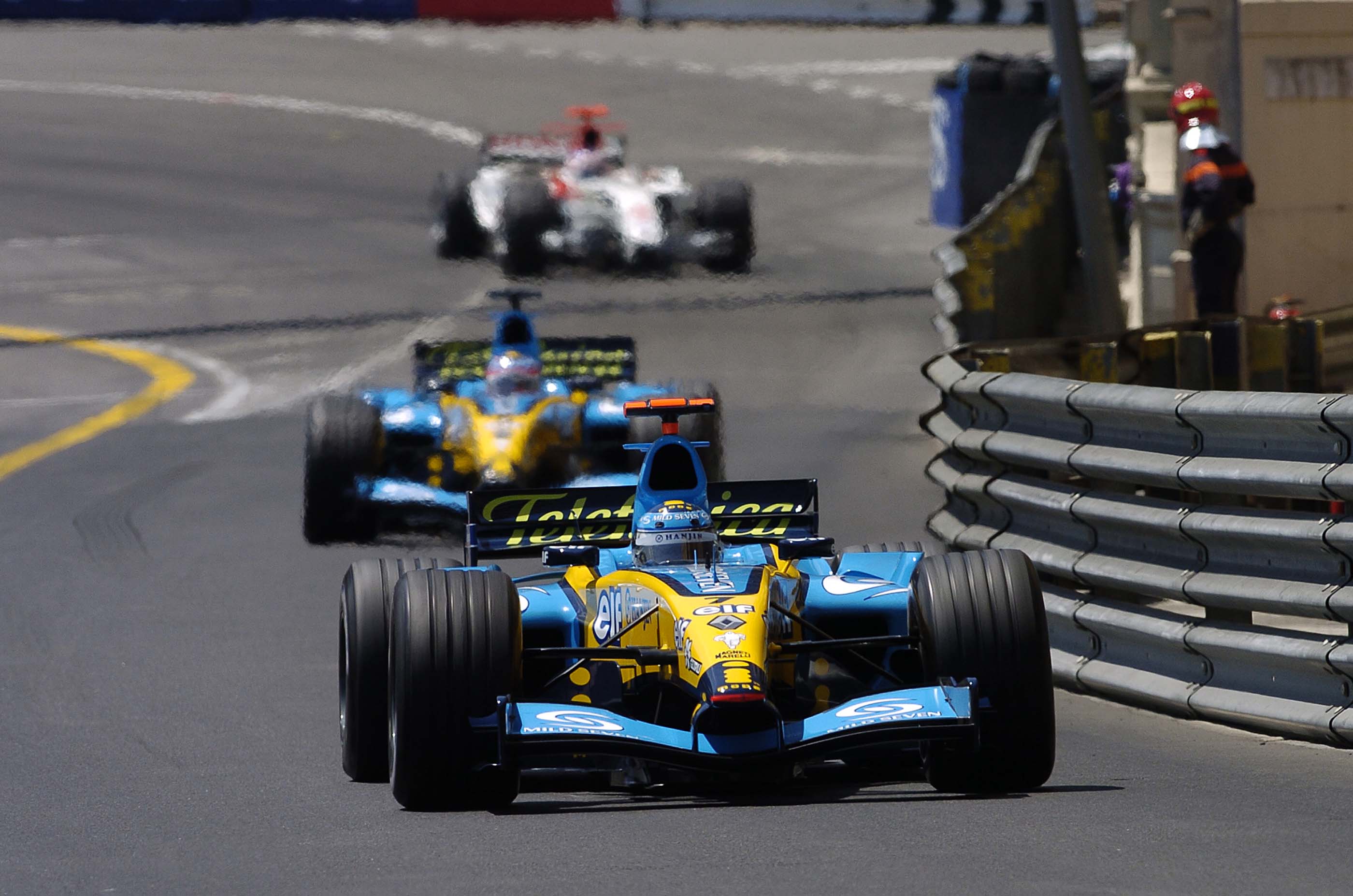
In their 31 races as team-mates, Trulli out-qualified Alonso on 16 occasions (and he didn’t set a time in the ’04 USGP). His win came from pole (obviously) at the 2004 Monaco GP. The ‘Trulli Train’ moniker (the first F1 meme?) was generally a result of him out-performing his car in qualifying, although he never quite shook off the doubts that he sometimes ‘fell asleep’ in races.
*since 1983
5. Elio de Angelis
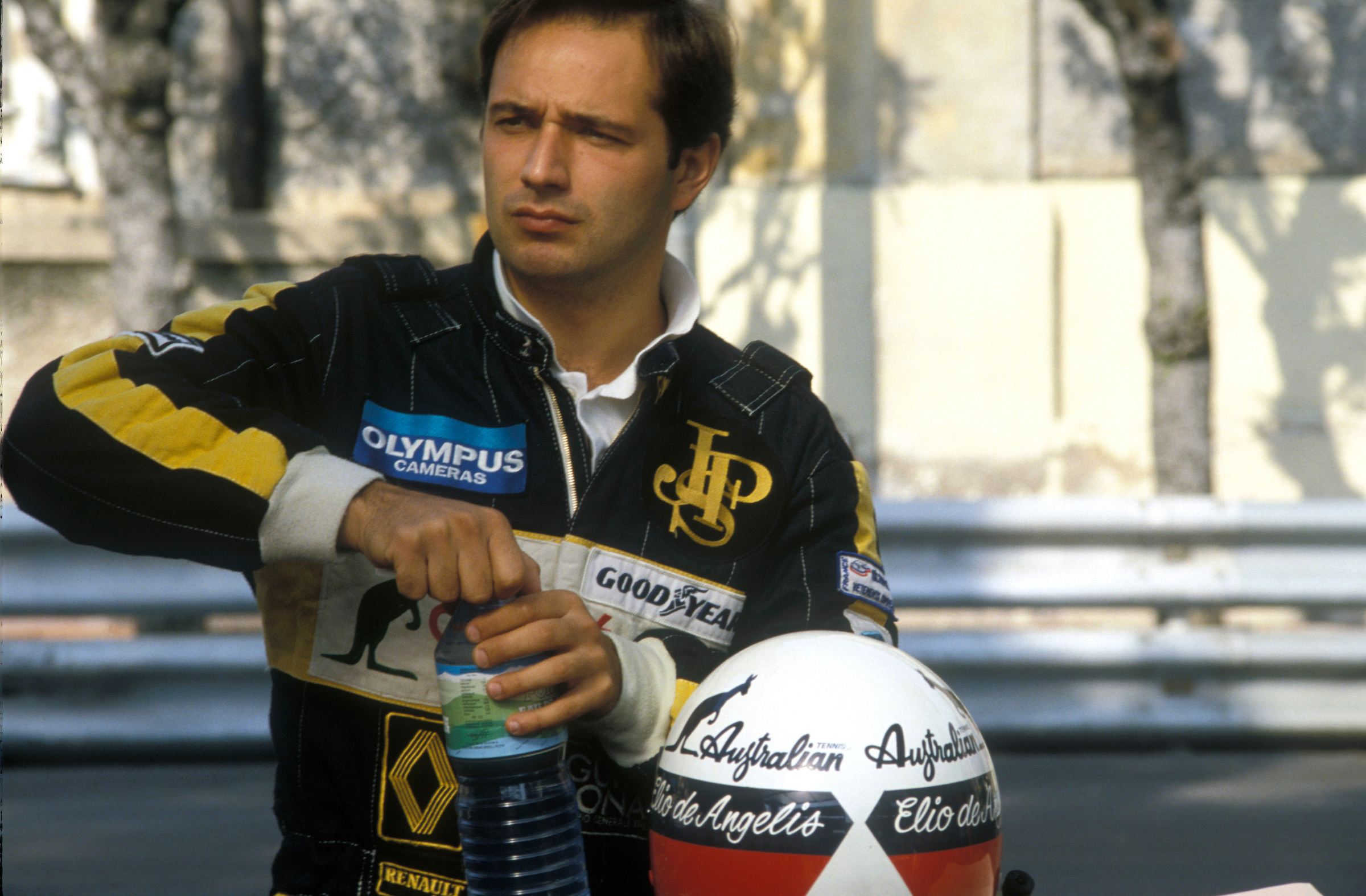
A fine, if fortunate, fourth in the final race of 1979 was not only the last meaningful result for Shadow, but it also announced the arrival of de Angelis as an F1 prospect.
A move to Lotus followed, where he generally got the better of Mario Andretti and Nigel Mansell and took a nail-biting win by the closest of margins in the 1982 Austrian GP.
The arrival of Ayrton Senna in 1985 changed the dynamic of the team, but de Angelis added another (fortunate) win at Imola and managed to out-qualify the Brazilian sensation a creditable three times and was only five points adrift in the championship.
A move to Brabham the following year was a disaster, and his death in testing in Paul Ricard is one of the most needless in F1 history.
4. Michele Alboreto
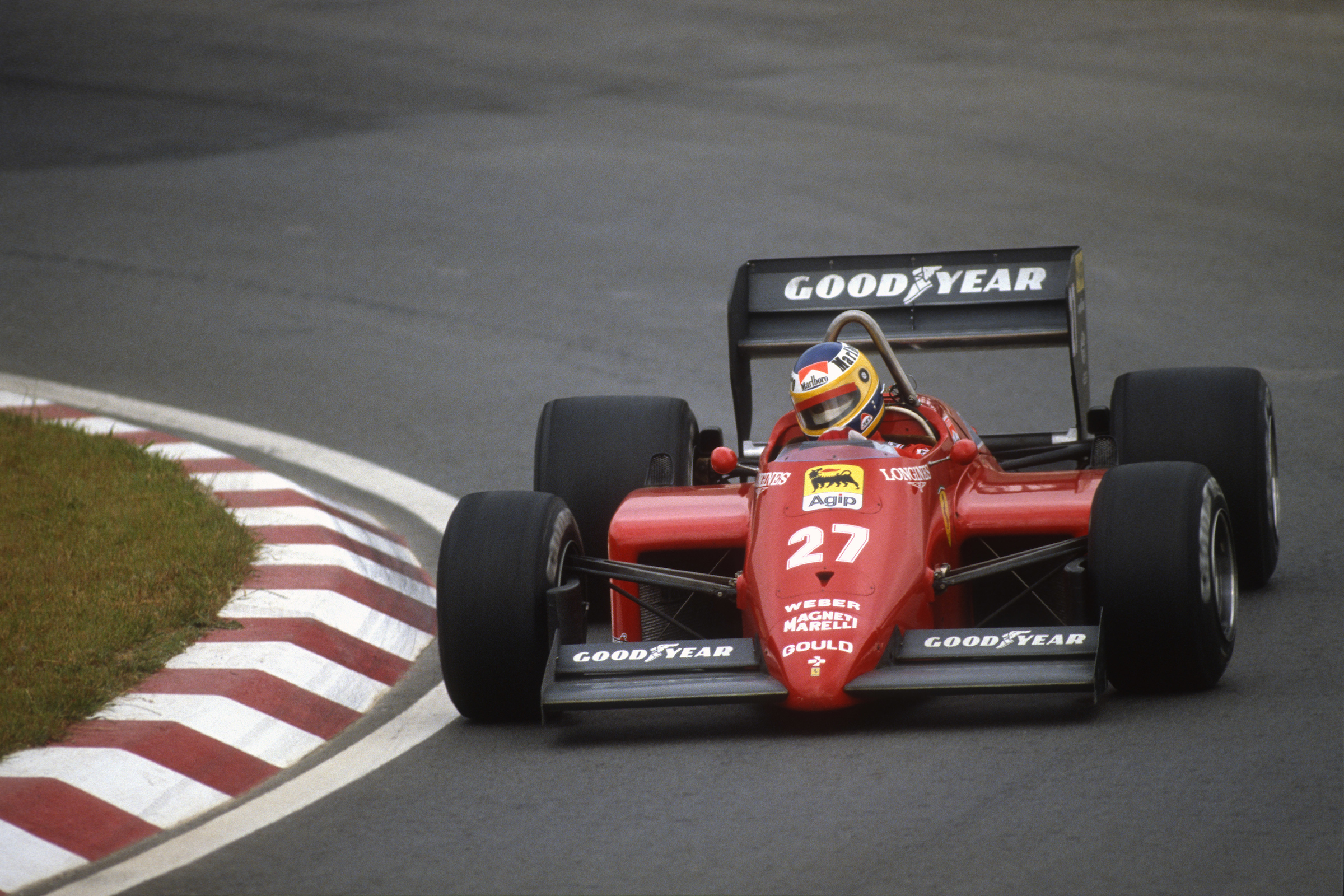
After nine races of the 1985 championship, and with two wins and five other podium finishes, Michele Alboreto led the world championship. It would be the last time an Italian would take the fight for the title so deep into the season.
There would be just two more points finishes for Alboreto as Ferrari struggled with reliability on his side of the garage. He would never win again either. In fact there would be just eight more podium appearances as firstly Ferrari built of dog of a car in 1986, and then he was shunted down the pecking order by the arrival of Gerhard Berger.
He then spent the next half-decade racing tail-end machines, an ignominious fate for the driver who delivered the last win for Cosworth’s classic DFV engine and the Tyrrell team as he used its great driveability to dance away from the laggy turbos around the Las Vegas and Detroit street courses.
3. Riccardo Patrese
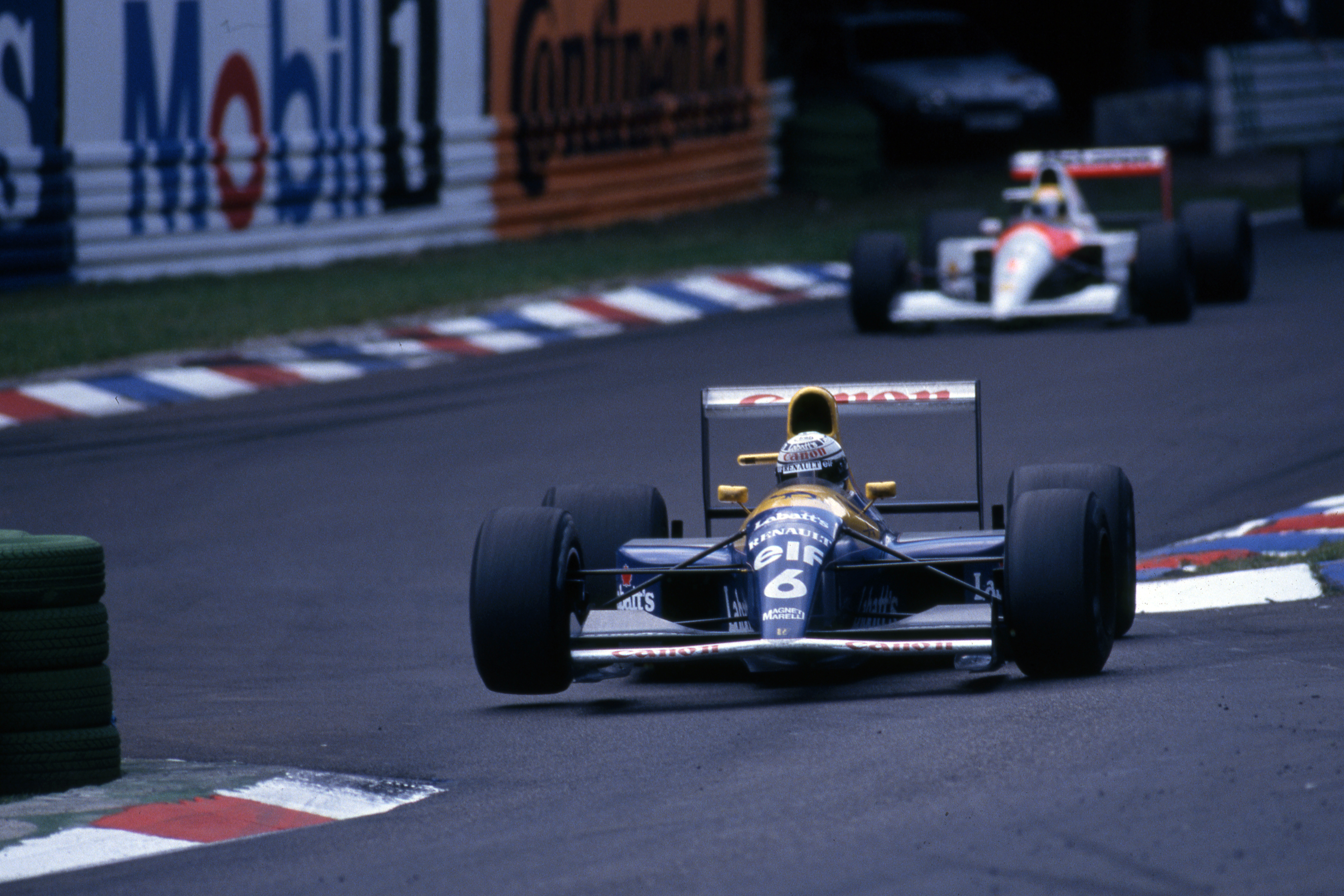
From scapegoated wild child to elder statesman, Patrese’s long career (1978-1993) transcended ground-effect, turbos and the height of electronic ‘driver aids’. That his best season came so far into his career in 1991 was testimony to his enduring character.
At Arrows in his early days he showed great promise. He could (should?) have won in South Africa in 1978 and Long Beach in 1981, but it took a move to Brabham for victory to come in the calamitous Monaco GP of 1982. A second win followed a year later, but he was really a number two foil for Piquet.
A disastrous move to Alfa Romeo yielded only disappointment, while Brabham was a shadow of its former self upon his 1987 return. It was at Williams where he found his home, ending a long barren streak with victory at Imola in 1990.
Up against Nigel Mansell in 1991, Patrese held his own, delivering the performance of his career in Portugal. In the fully active car of 1992, it was a different story and Mansell wiped the floor with him. As did Michael Schumacher at Benetton in 1993.
2. Giuseppe Farina
The first F1 world champion was a tough uncompromising racer who lacked the profile of Fangio and Ascari, but could carry the fight to them on track. He was in the prime of his career when WWII curtailed international motorsport, but used his Alfa 158 to its full potential to win from pole in the inaugural F1 world championship grand prix at Silverstone and despite Fangio’s qualifying prowess, the title too.
Following Alfa’s withdrawal, he switched to Ferrari, where he was the closest rival to Ascari. This was topped off with a great win – aged 47 – at the Nurburgring. He was Fangio’s closest rival in 1954 after Ascari had quit Ferrari, and was still a force when injuries sustained in a sportscar crash at Monza forced him to retire.
https://www.youtube.com/watch?v=8SKUKi_czz4
1. Alberto Ascari
The first driver to defend the world championship (which was being run to F1 regulations then) was, along with Fangio, the defining star of the first era. His amazing run of nine wins in a row, which spanned 1952/53 and included victory in every race he finished in 1952, is one of F1’s great remarkable stats.
His father Antonio was a star of 1920s grands prix, making the Ascaris the first racing dynasty. Both men raced for Enzo Ferrari, but it was a dispute over money that caused Alberto to quit and join Lancia.
This briefly curtailed his winning run, but he would have surely won more had he not been killed in testing shortly after his infamous trip into the harbour in the 1955 Monaco GP.


